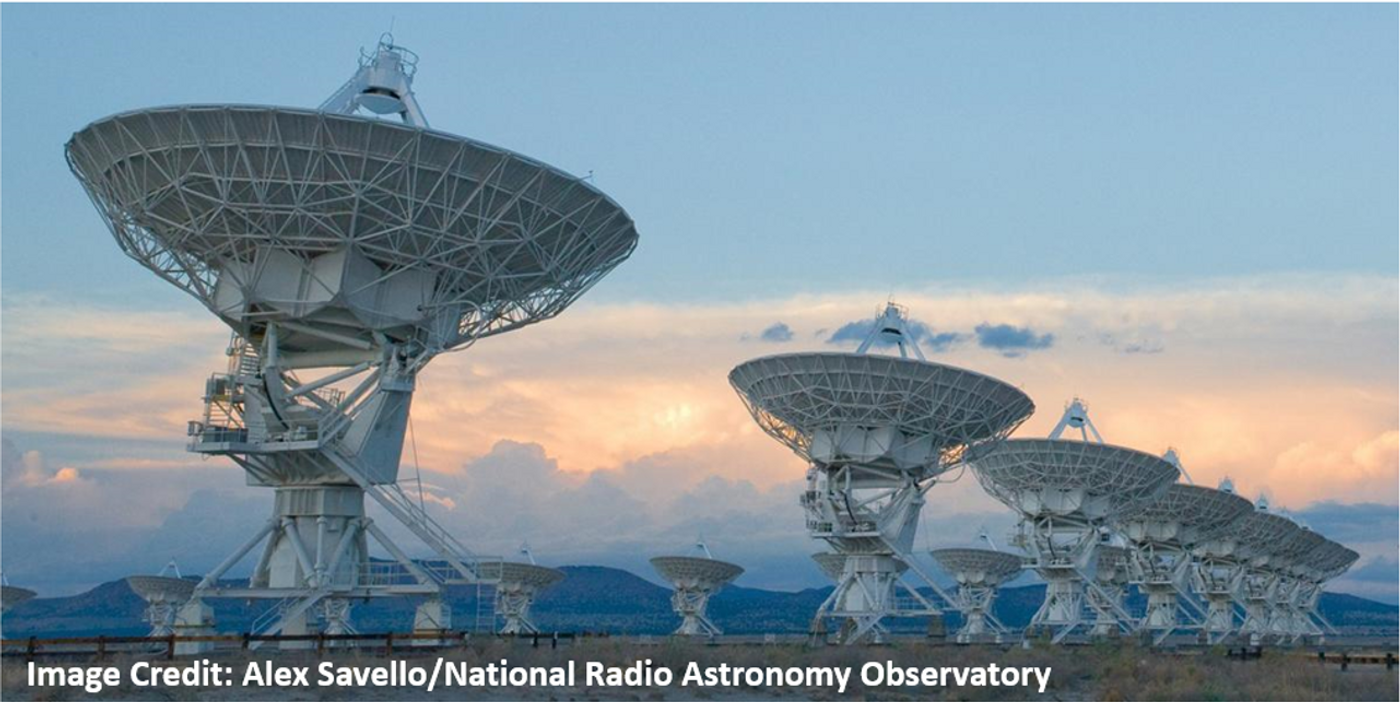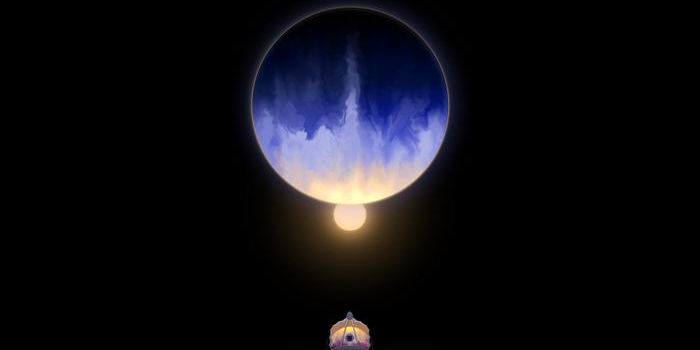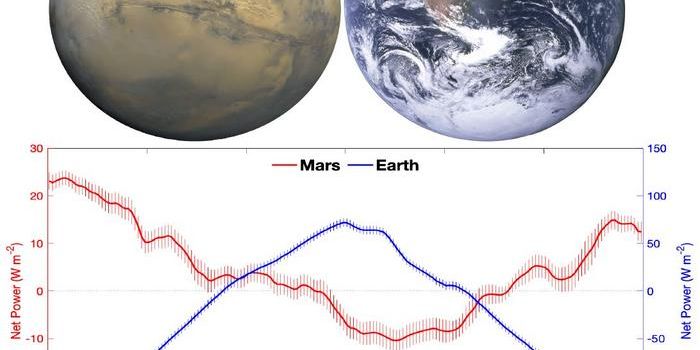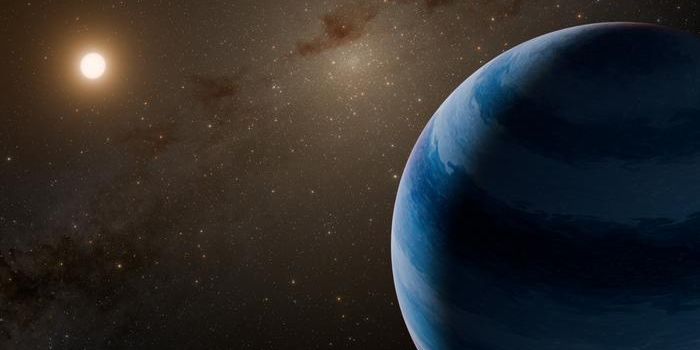"Where is everybody?"
Are we alone in the Universe? If not, why haven’t we heard from anyone? If we are alone, then are we the first, or even the last intelligent beings to inhabit a vast Universe that has existed for approximately 13.7 billion years? Italian-American physicist, Enrico Fermi, has become famous for asking “but where is everybody?” which was allegedly heard during a lunch conversation with his physics colleagues around 1950, and has since become known as Fermi’s Paradox. American astronomer and astrophysicist, Dr. Frank Drake, later proposed the Drake Equation which, despite its name, is actually a series terms meant to allow an informed discussion of the likelihood of contact with an alien civilization in the Milky Way Galaxy. But this now-70-year-old question posed by Fermi still remains unanswered despite all of our advanced ground- and space-based instruments combing the night sky for any sign of intelligent life beyond Earth.
With the recent launch of the James Webb Space Telescope (JWST), we once again find ourselves asking, “Where is everybody?”. JWST is the long-awaited replacement for the Hubble Space Telescope and boasts a mirror almost three times as wide as its predecessor, meaning it will be able to see objects almost nine times as fainter. With JWST underway, let’s quantify the potential likelihood of other technological civilizations inhabiting just our galaxy.
Our own Milky Way Galaxy has an approximate volume of 8 trillion cubic light-years. We have almost 4900 confirmed exoplanets to exist within its boundaries, but we’ve received no signal or indication that there are intelligent civilizations other than our own. The question now arises as to not where, but why we haven’t heard even the faintest signal from an intelligent civilization beyond Earth. The first radio signals left Earth around 1901, meaning Earth’s own “radio bubble” only extends about 120 light-years away from Earth, giving a total “radio bubble” volume of approximately 7,240,000 cubic light-years (Equation 1). This means our radio signals have only covered about 0.0000905% of the entire Milky Way Galaxy (Equation 2)!
Let’s assume every technological civilization within the Milky Way all started broadcasting radio signals at the exact same time, and their own “radio bubbles” also encompass 7,240,000 cubic light-years and are all effectively “touching” right now. This means there are approximately 1,104,972 technological civilizations right now at this exact moment (Equation 3) within just our Milky Way Galaxy alone who are also possibly asking, “But where is everybody?”
There is currently estimated to be approximately 160 billion alien planets in our Milky Way, meaning there is an approximate 1 in 160,000, or 0.000625%, chance of finding another technological civilization within its boundaries. For context, there is a far more likely chance of the Earth being annihilated by an asteroid that wiped out the dinosaurs (1 in 75,000). But, this is why we do science, and this is why JWST will hopefully help bring us closer to answering Fermi’s long-standing question of “Where is everybody?”
Sources: Los Alamos Technical Report, International Journal of Astrobiology, Royal Museums Greenwich, Universe Today, NASA Exoplanets, Zidbits, Space.com (1), Space.com (2)












